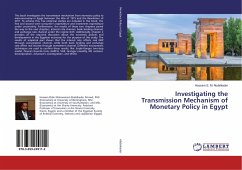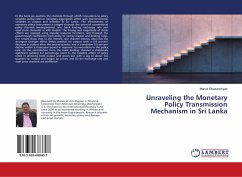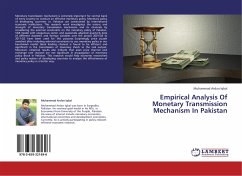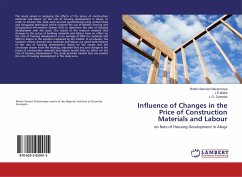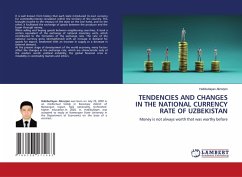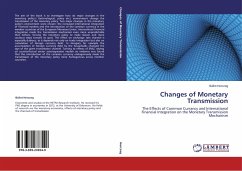
Changes of Monetary Transmission
The Effects of Common Currancy and International Financial Integration on the Monetary Transmission Mechanism
Versandkostenfrei!
Versandfertig in 6-10 Tagen
51,99 €
inkl. MwSt.

PAYBACK Punkte
26 °P sammeln!
The aim of the book is to investigate how do major changes in the monetary policy's (technological, policy etc.) environment change the transmission of the monetary policy. Two major changes in the monetary policy's environment were chosen: the increased international integration of financial markets and the introduction of the common currency in the member countries of the European Monetary Union. International financial integration made the transmission mechanism even more unpredictable then before, forcing the monetary policy to make slower and more cautious steps toward its goal. The effec...
The aim of the book is to investigate how do major changes in the monetary policy's (technological, policy etc.) environment change the transmission of the monetary policy. Two major changes in the monetary policy's environment were chosen: the increased international integration of financial markets and the introduction of the common currency in the member countries of the European Monetary Union. International financial integration made the transmission mechanism even more unpredictable then before, forcing the monetary policy to make slower and more cautious steps toward its goal. The effect on exchange rate channel is especially dubious, as it depends not only on trade integration but also on cumulation of foreign currency debt. In Hungary for example the accumulation of foreign currency debt by the households changed the sign of the given transmission channel. Turning to effects of EMU, relying on counterfactual vector autoregression models no evidence was found that the introduction of the common currency endogenously made the transmission of the monetary policy more homogenous across member countries.



